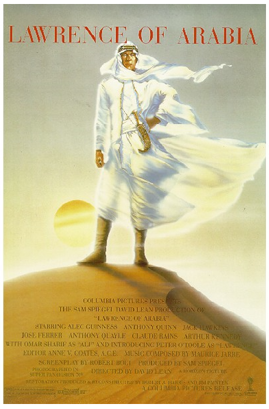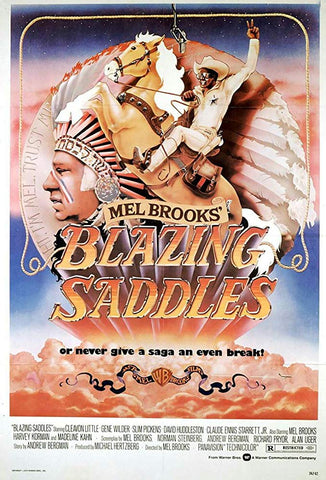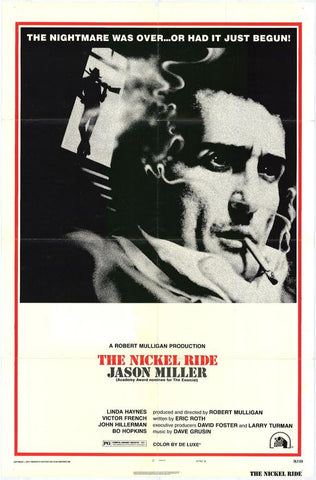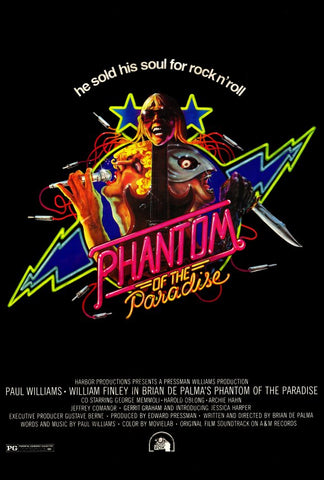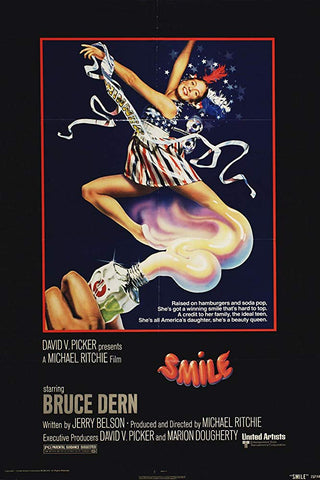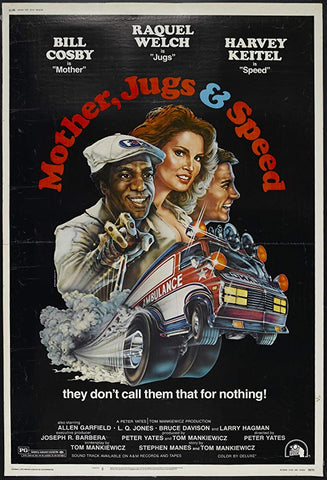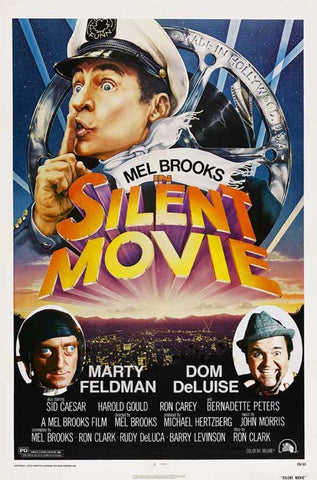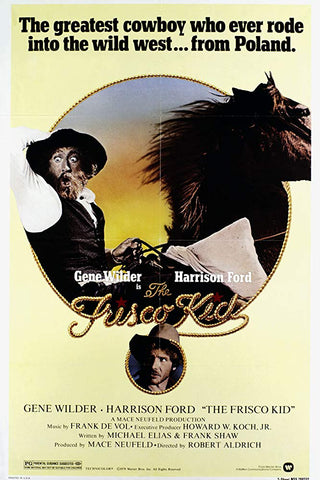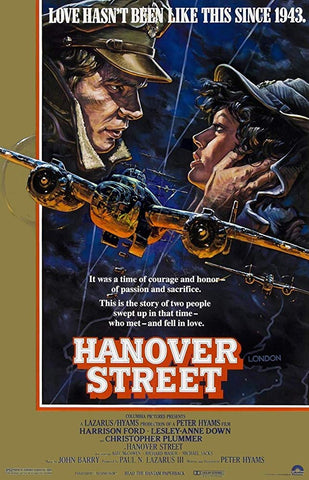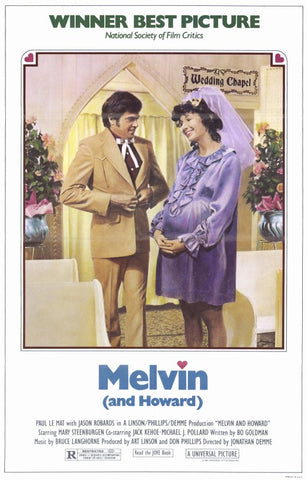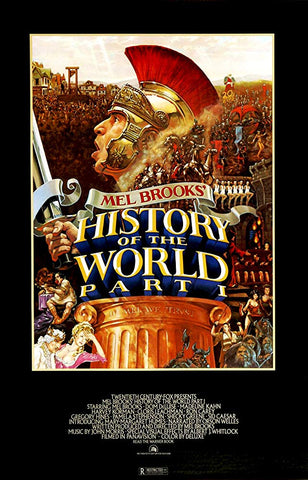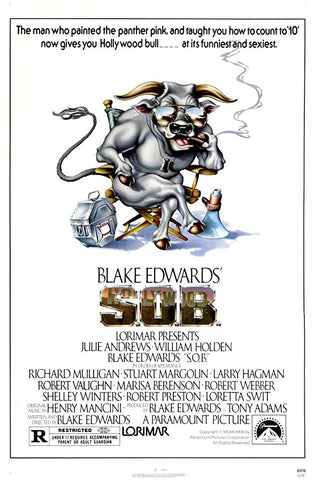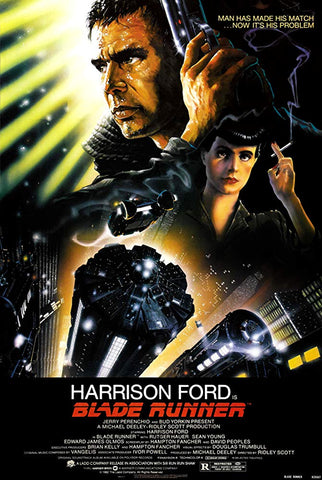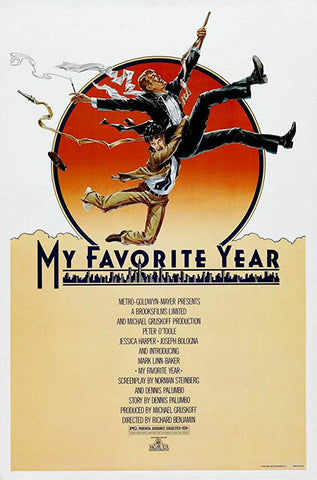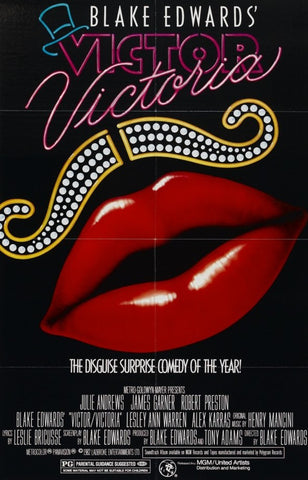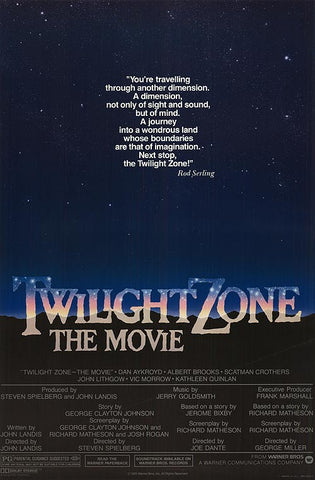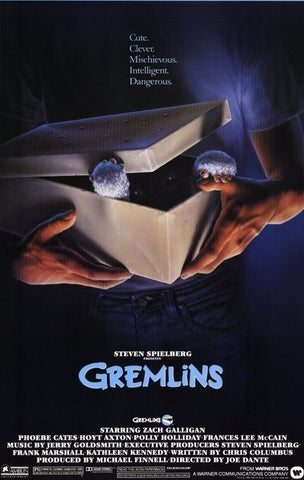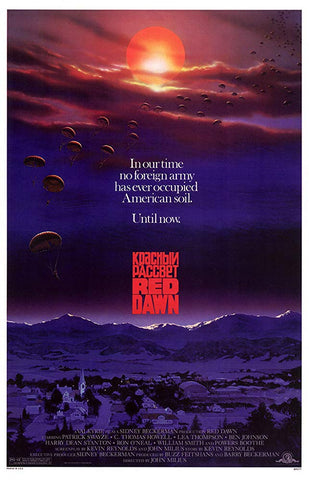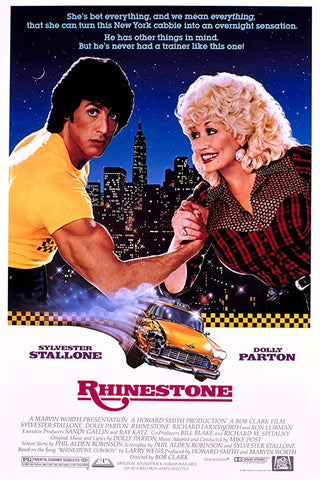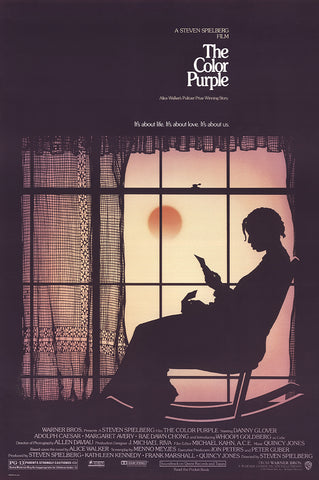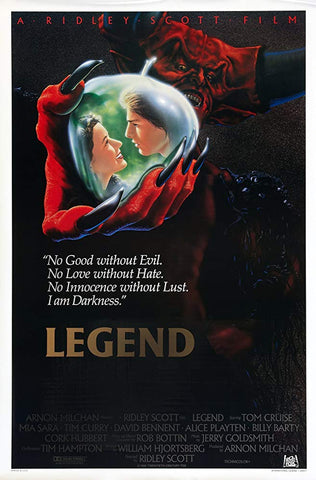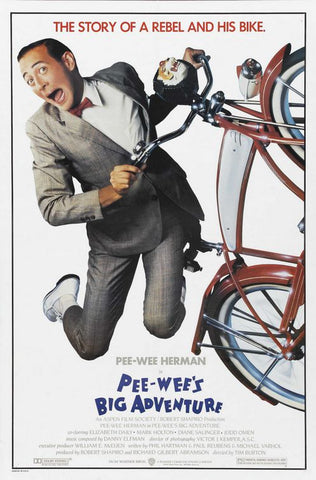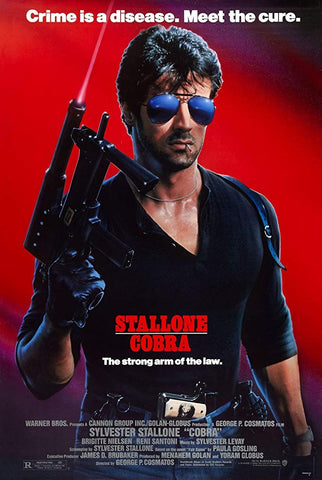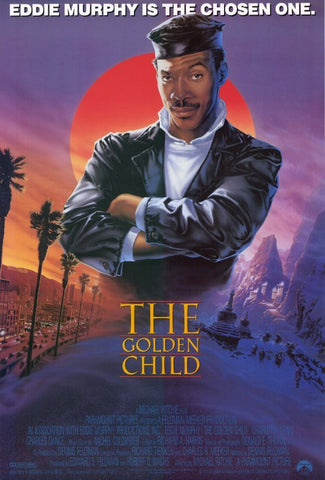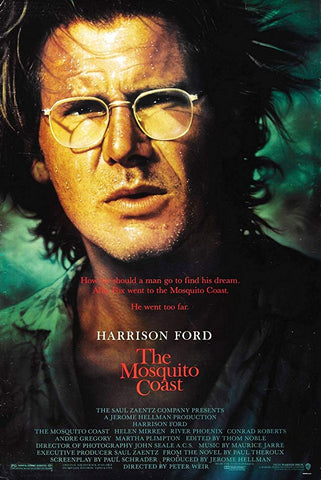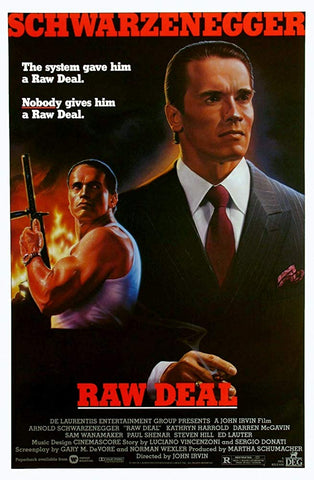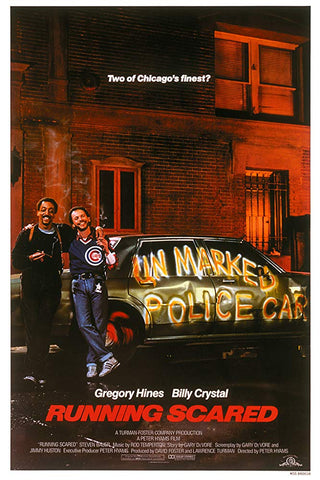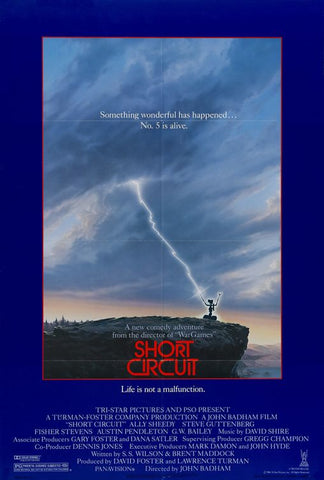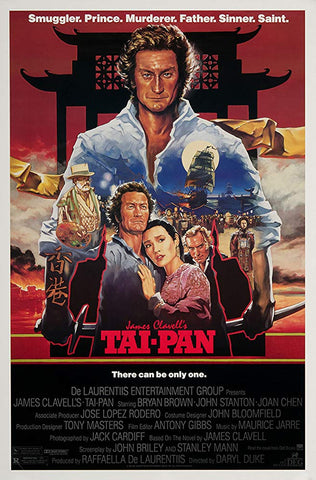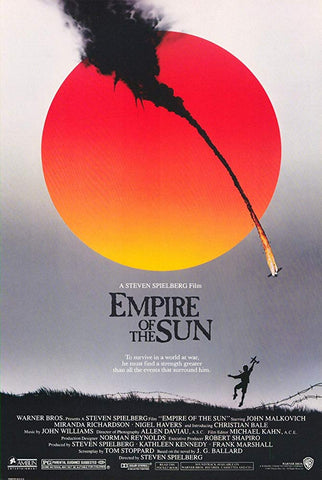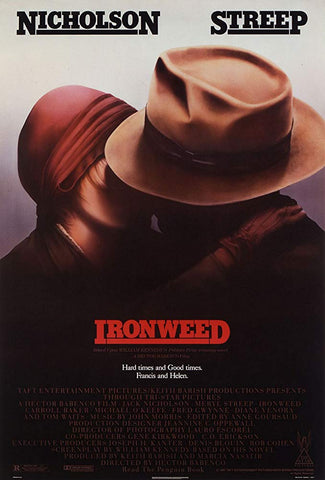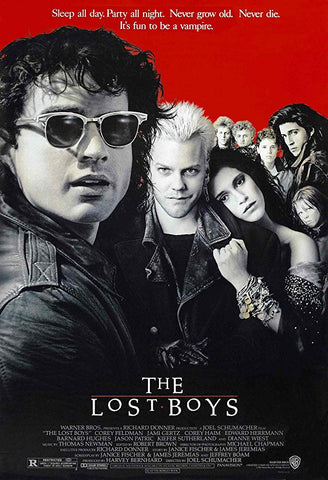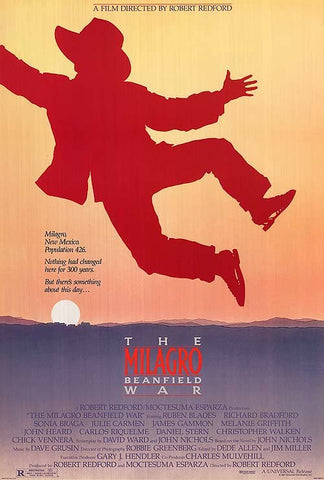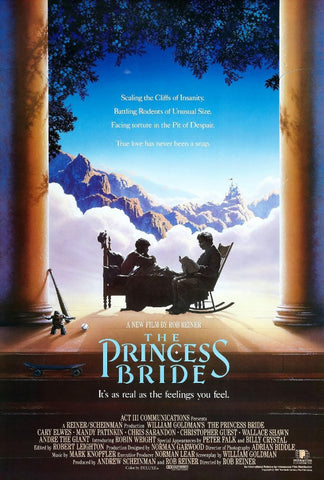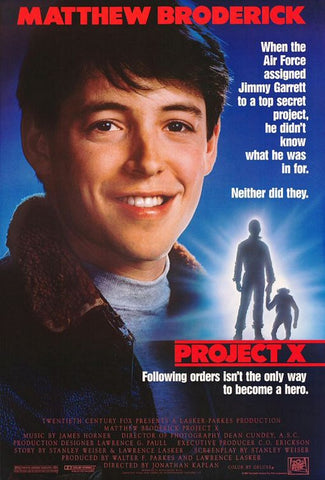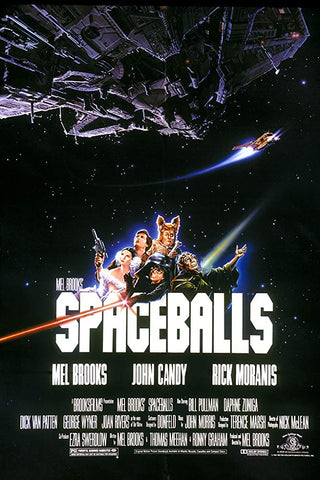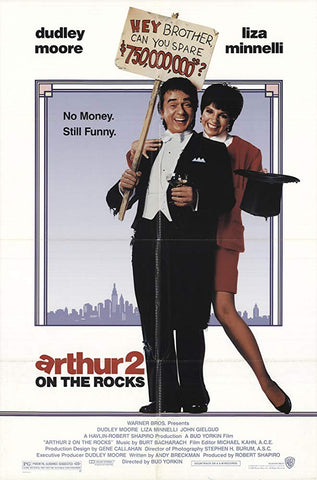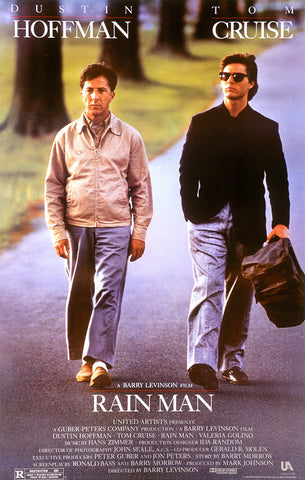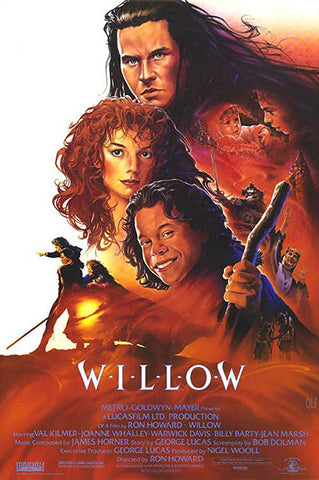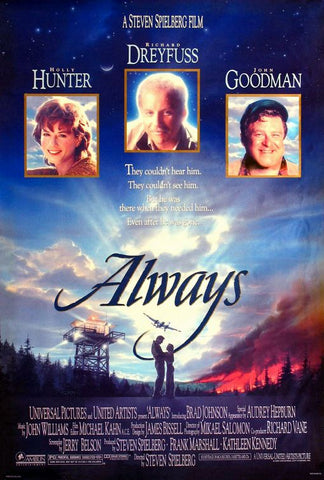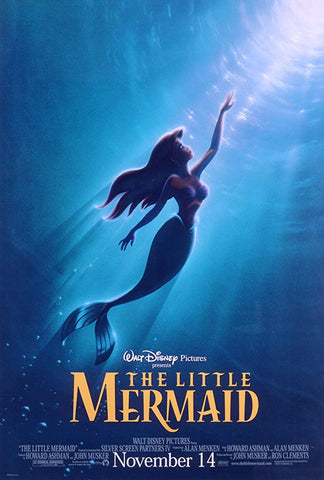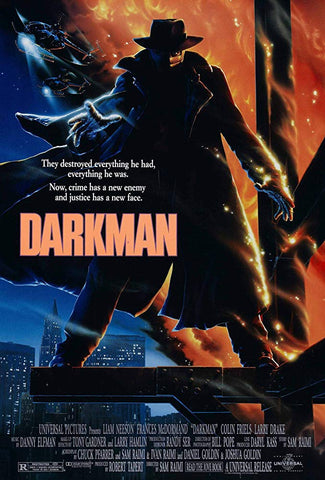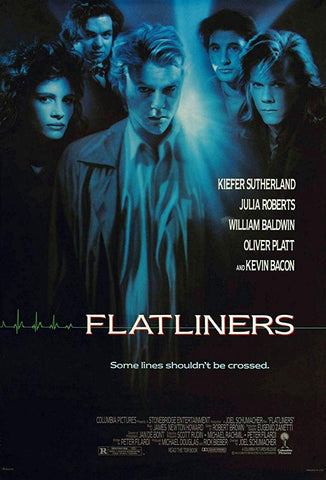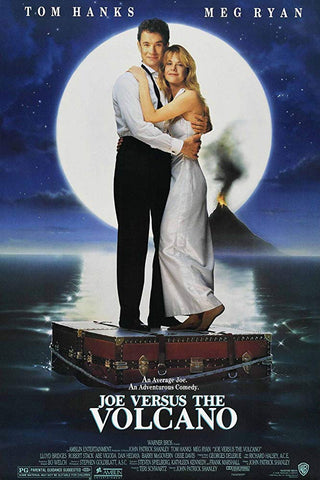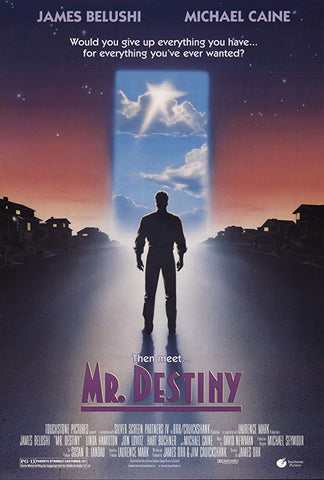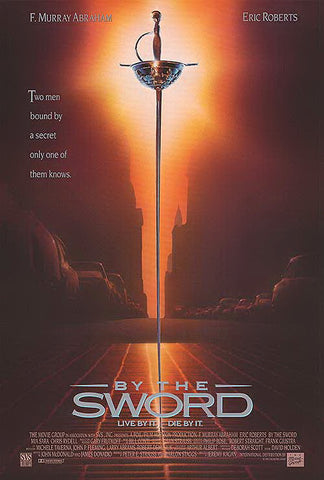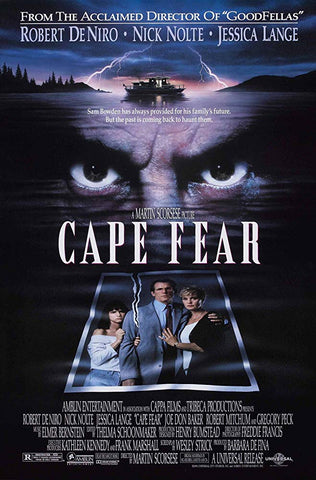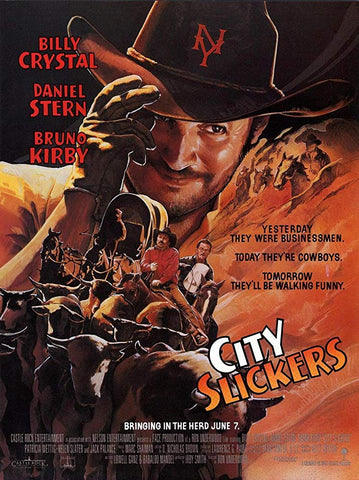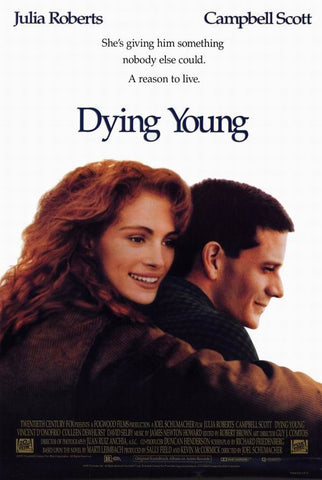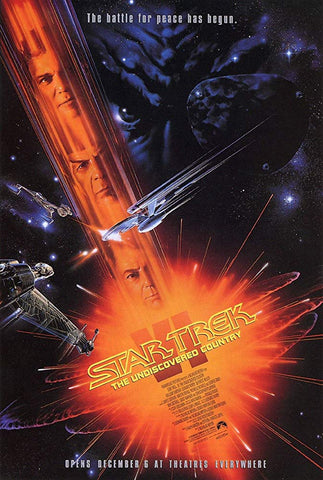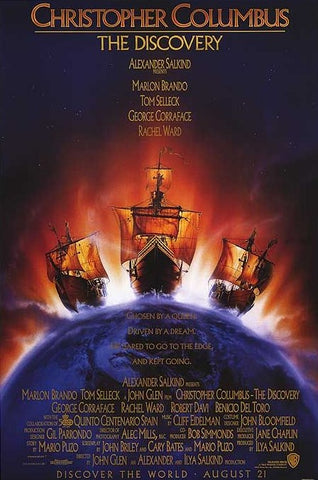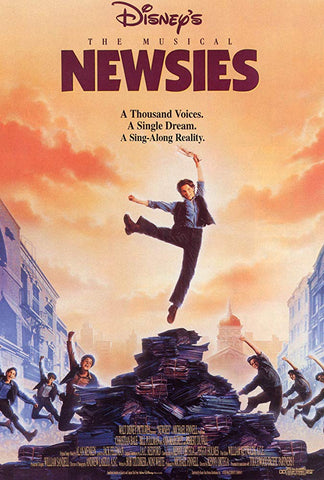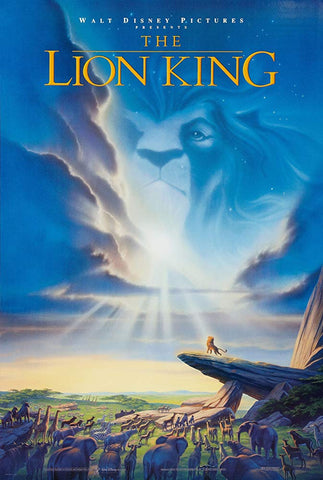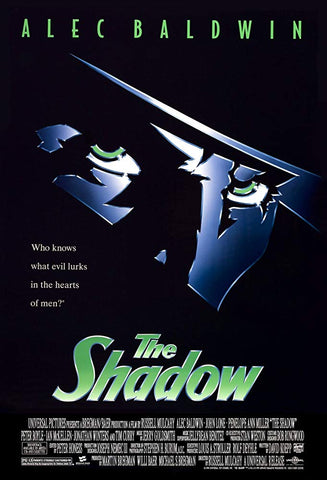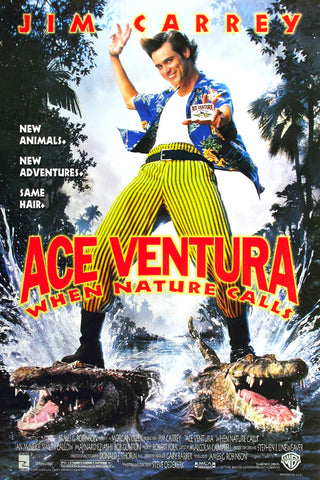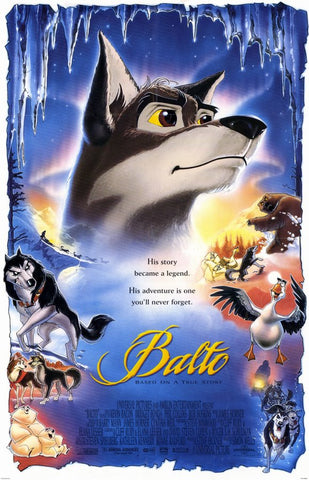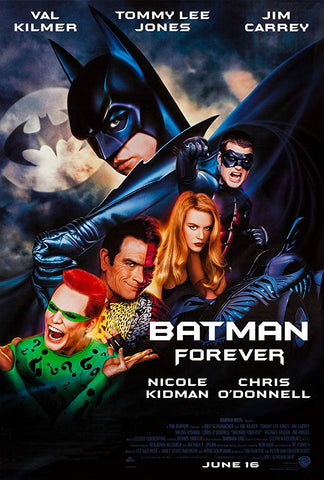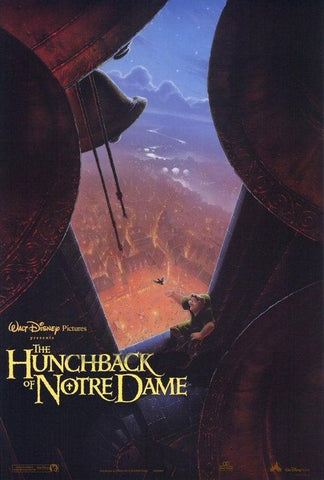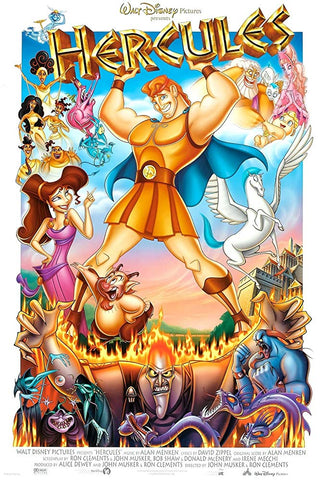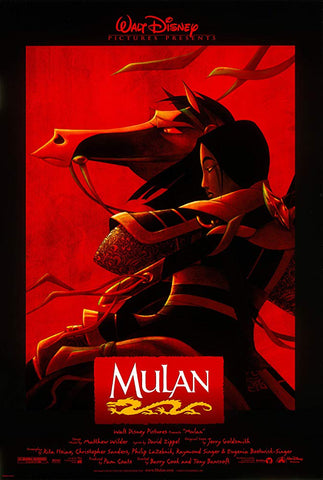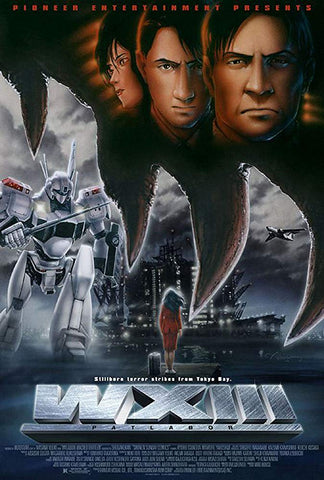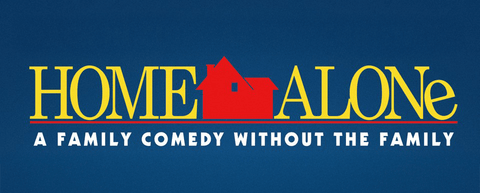When an artist / illustrator / designer has had such a major influence on twentieth century culture, it is hard to know where to start...
Early Years
Born in 1948 into a military family, John Alvin's childhood would be heavily influenced by his father's career and the need for frequent relocations. The young Alvin responded by using his artistic talent to draw fast cars and women to make new friends.
Even from the age of six he was rushing home from the movies to recreate scenes from his favourite films.
After a brief dalliance with the medical profession, he studied at the Art Center College of Design in Los Angeles and landed a job with Hanna Barbera, the animation studio behind Tom and Jerry, The Flintstones, Yogi Bear and Scooby Doo (to name but a few).
Whilst there he bunked off to attend a trade show and met graphic designer Anthony Goldschimdt. It would be Goldschmidt who would propose that they produce a speculative poster for a forthcoming Mel Brooks film.
Mel Brooks
Luckily for both Alvin and Goldschmidt, their speculative effort paid off. The stunning design for Blazing Saddles (1974) incorporated Brooks as a native American chief with a Yiddish head dress and Cleavon Little's 'Sheriff Bart' astride a resplendent steed.
 |
Loved by Brooks (and admired by others in the industry), the poster was used for the theatrical release, beginning a multi-film partnership between Brooks, Goldschmidt and Alvin - and - launching Alvin's movie poster career.
Steven Spielberg
By the start of 1980's, Steven Spielberg was establishing himself as one of the leading film directors of his generation. Following the success of Raiders of the Lost Ark (1981), he began production of a new science fiction film, under the cover name "A Boy's Life".
The concept of the 'Michaelangelo hands', taken from the Sistine Chapel's "The Creation of Man" (1508-1512), came from the studio, but Alvin made it his own, using his daughter's hand as a model together with (given the secrecy around the film) some production drawings of the alien arm.
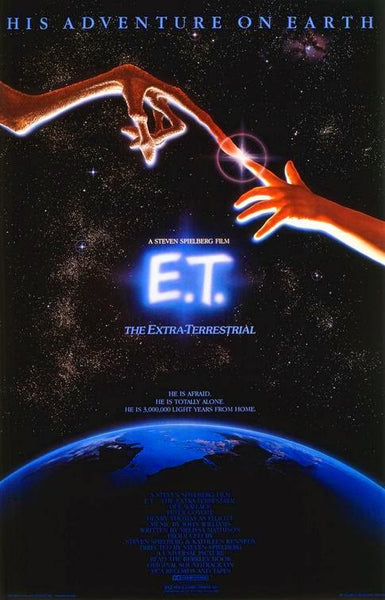 |
E.T. would become (at the time) the highest grossing film of all time and Alvin's poster one of the most iconic in movie poster history.
He would go on to work on many more Spielberg movies, including The Color Purple, Empire of the Sun, Always and Hook.
Disney
In his foreword to "The Art of John Alvin", Jeffery Katzenber describes joining The Walt Disney Studios in 1984 at a time when animation was considered "just for kids".
After the golden years of the 1930s-1950s, Disney Studios had struggled to reproduce its earlier magic. By the early 1980's it was battling hostile takeovers and fighting to save the animation department.
Later that decade, a new management team was in place and the Oscar winning "The Little Mermaid" had given the studio a new taste of success. They doubled down with the development of "Beauty and The Beast". A $25M film that they needed to appeal to both children and adults alike.
They needed an iconic image that would work for both audiences and they turned to Alvin to produce it.
Beauty and the Beast (1991) would go on to take $425M at the box office and firmly place Disney in a Renaissance period.
It was the start of a fruitful relationship between the studio and movie poster artist. Whilst their collaboration would continue through to Mulan (1998), the crowning glory was The Lion King (1994).

|
John Sabel (then executive VP of creative print advertising at Walt Disney Pictures stated "... there was a reason why The Lion King did the numbers it did. There was a reason that the Hunchback [The Hunchback of Notre Dame (1996)] became a big success. It's because of the images that were produced, and a lot of those were John Alvin's paintings."
Star Wars
Whilst Alvin was not directly responsible for a Star Wars theatrical release poster, he does hold an important place in Star Wars history.
We will leave the story of Alvin's 'Star Wars concert poster' for another blog post. It is one of the rarest Star Wars posters, highly sought after by collectors.

|
Alvin's 1987 poster celebrating the tenth anniversary apparently recalls the original film's 1977 release by incorporating seventy-seven graphics in to the letters of 'STAR WARS'. On the far right, Obi-wan stands, light sabre in hand. On the far left Darth Vader waits...
The Star Wars Celebration events were launched in 1999, with the first being held in Denver, Colorado. Who did they turn to for the first Celebration poster? John Alvin. His amazing image of Darth Maul above the young and innocent Anakin was a fantastic introduction to the prequel trilogy.
His poster for Celebration 4 (Los Angeles, 2004) is amongst our favourites. Young farmer Luke walks on the Tatooine sand lit by the famous twin suns. Above him, the galaxy swirls, providing a hidden clue to his future path. Beautiful and iconic.
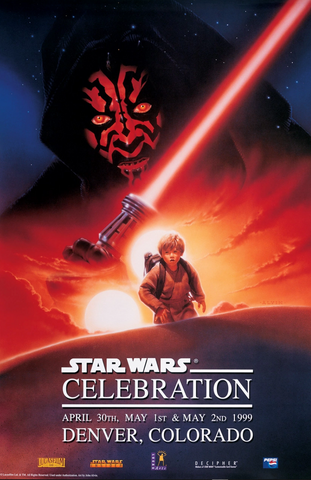 |
 |
Photographic Work
Alvin began his work in a period that we refer to as "The Golden Era of Movie Poster Artists". Alongside the like of Drew Struzan, Bob Peak and Richard Amsel, his illustrated work was could be seen across cinemas and movie theatres.
As the 1980's gave way to the 1990's, a new era began, one dominated by the photographic movie poster. Alvin appears to have embraced this change more than other artists, producing iconic work within the form, alongside his continued illustrative work.
His amazing poster for Rain Main achieves, in photographic form, what his best movie posters do - to capture an idea, an emotion, a story, in single frame.

|
His Touch
It was apparently his work on Beauty and The Beast that led to the coining of the term "Avinesque". Within that poster he created "heavy light" through the use of warm diffused colour.
It is however, his use of white light that we find so distinctive.
Look at elements of E.T., Cocoon, Inner Space, Arachnophobia, Hook and Aladdin and you see pure brilliant light, captured for an instant in the eye and then the hand of an artist.
 |
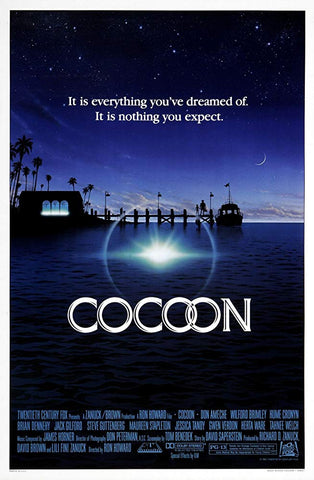 |
 |
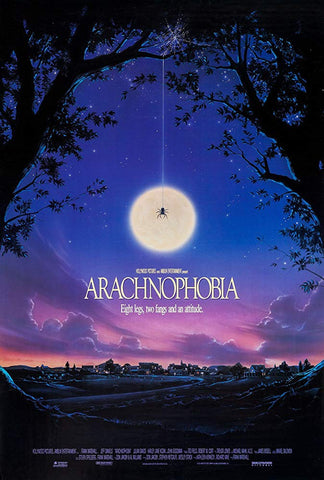 |
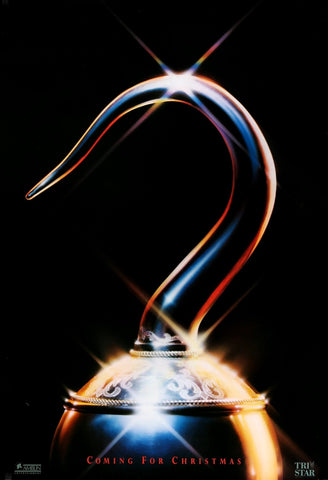 |
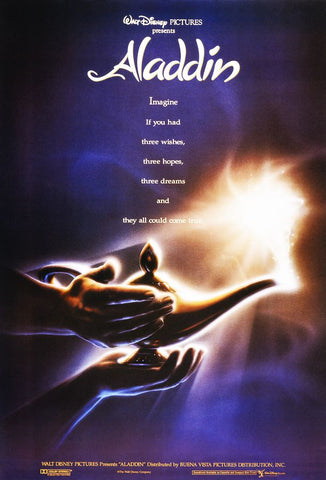 |
Phenomenal.
John Alvin died at his home in Rhinebeck, New York in February 2008.
Such was the scale of his work that, in this long introduction, we have scratched the surface. We haven't even mentioned his poster for Blade Runner...
His wife Andrea says that John described his work as "Creating the promise of a great experience...". We think that below, we have identified ninety-four of them.
The Movie Posters of John Alvin
Which ones have we got wrong? Which ones have we missed? Over to you…
Up to and including the 1970s
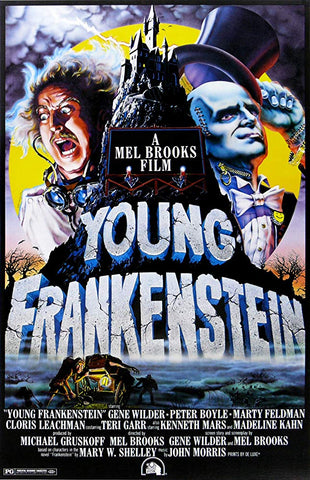 |
 |
 |
|
Young Frankenstein (1974) |
The Adventure of Sherlock Holmes' Smarter Brother (1975) |
Rancho Deluxe (1975) |
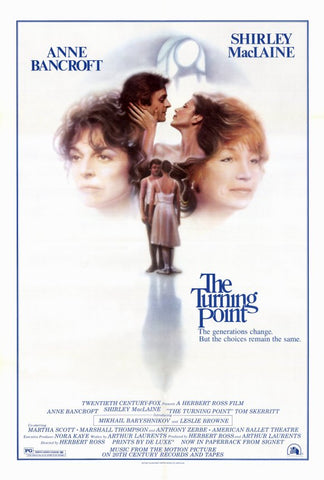 |
 |
We are unable to track down a good image of this movie poster. If you have one, let us know! |
|
The Turning Point (1977) |
"10" (1979) |
B.D. and Karalee (1979)
|
1980s
1990s and beyond
You can find out more about John Alvin and his work at the John Alvin website. We also recommend the fantastic book "The Art of John Alvin" (Amazon UK / US). It is packed full of information and was a great help in preparing this post. The sketches and interviews within it are great testaments to his work.
If you'd like to find a John Alvin movie poster, why not take a look at the John Alvin posters we currently have available.
We hope you find something you love.
Adam and the Art of the Movies team.




